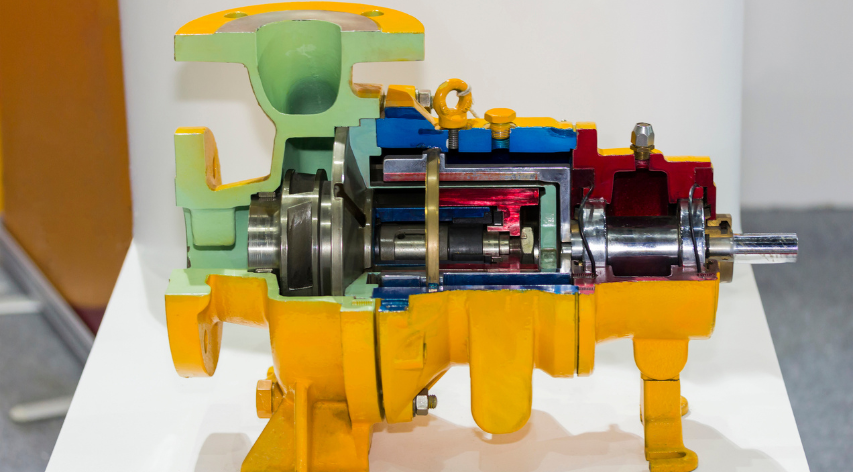Justifying an MI Program (RBI and IOWs)
We often get asked, “What’s the value of a risk-based inspection (RBI) program?” or “How much money will an integrity operating windows (IOW) program save my site?” One of the most significant financial benefits from these types of programs comes from preventing operational losses, which, while challenging to quantify, can substantially outweigh the costs of downtime, maintenance, and repairs.
Value of preventing operational losses
Operational losses, especially those tied to mechanical integrity (MI) incidents, present both a safety and financial challenge. The difficulty lies in quantifying something that has been prevented, such as an unplanned outage or a safety incident. However, the financial implications of these outages, often resulting from penalties for lost unit throughput, are typically much higher than direct maintenance costs. This stark contrast highlights the inherent value of preventive strategies.
Understanding and setting risk tolerances
It’s vital for plants to comprehend the costs associated with maintaining safety, health, and environmental (SHE) risk thresholds. Low risk tolerance can lead to high costs, and balancing this scale is essential. Managers often grapple with maintenance costs without recognizing the associated risk reductions. A transparent discussion about acceptable risk levels can help align cost management with safety standards.
Positive impacts of inspection programs
Some operators have focused on the cost-benefit analysis of RBI activities to show the value of these programs. An easy place to begin this effort is to track “saves” identified by the MI program. RBI should target both SHE risks and business risks associated with unplanned repairs and production losses. The dual focus helps in accurately defining the financial benefits of inspection findings, forming a robust basis for a financial assessment that weighs the cost of inspections against the savings from preventing failures.
Saves through strategic inspections
A practical example of the benefits of strategic inspections can be seen during a turnaround Non-Destructive Examination (NDE) of a tube bundle, which revealed a need for retubing or replacement. Had this issue gone undetected, it could have resulted in a unit shutdown, lasting seven days and incurring significant production loss costs. This scenario underscores the importance of timely and thorough inspections, which not only prevent catastrophic failures but also offer substantial economic saves. The key is to document these types of saves and quantify them for future reference.
IOW-driven inspections
IOWs can also be used to drive inspections based on operating conditions vs. time-based or condition-based approaches. For example, in crude unit operations, corrosion in the overhead system poses a significant risk to both safety and efficiency. Implementing an IOW program provides a framework for monitoring key operational parameters that can influence corrosion rates. By consistently tracking these parameters, the IOW program helps identify deviations that could indicate accelerated corrosion. Early detection through this proactive monitoring enables the recommendation of more frequent inspections, effectively mitigating the risk before it evolves into a costly failure. This approach not only safeguards the integrity of the equipment but also ensures that operations continue without unscheduled interruptions, thereby avoiding the substantial costs associated with unplanned downtime. Again, tracking these types of impacts is key to showing the value of an MI program.
Conclusion
The journey toward optimizing operational efficiency through RBI and IOW programs requires a rigorous, consistent approach. By focusing on the “saves” from inspections and maintaining a stringent yet realistic approach to risk management, companies can achieve significant financial and safety benefits.
Contact Becht to learn how our experts can help you maximize the value of your inspection program and prevent costly failures.







